Bukit Timah Branch: 03-04, Sime Darby Centre 896, Dunearn Road Singapore – 589472
Phone : 64630905
East Coast Branch: 46, East Coast Road, 07-03 East Gate @ Katong Singapore – 428766
Phone : 62822572
Raffles Branch: The Medical Practice, 1 Raffles Link #01-03A, Singapore – 039393
Hand phone: 90050135
Email – physio@synergyphysio.com.sg
– An original article by Synergy Physiotherapy and Sports for preventing low back and neck pain at workplace
Many years ago, when I was a budding clinician, I encountered a couple of incidences which shaped my approach as a clinician. A middle aged lady did not report any improvement in her neck pain until her computer position was altered and another reported feeling better only when she rotated to a different task within her work environment. It then struck me hard as to how important it is to include work environment of an individual into the treatment process to achieve good clinical outcomes. As clinicians, we address the source and symptoms of a person’s musculoskeletal issues and may overlook the contribution of the work environment in triggering and maintaining a person’s musculoskeletal issue.
 It’s now established that people who perform prolonged and repetitive tasks at work are susceptible to develop work related musculoskeletal disorders. The common disorders are low back pain, neck pain, rotator cuff pain (shoulder impingement), tennis elbow, carpal tunnel syndrome, nerve root impingements, Dequarvain’s tendonitis, knee and knee cap pain etc.
It’s now established that people who perform prolonged and repetitive tasks at work are susceptible to develop work related musculoskeletal disorders. The common disorders are low back pain, neck pain, rotator cuff pain (shoulder impingement), tennis elbow, carpal tunnel syndrome, nerve root impingements, Dequarvain’s tendonitis, knee and knee cap pain etc.
The above conditions can be termed as cumulative trauma disorders, repetitive stress injuries or merely as overuse injuries. They are termed as such because they happen in the absence of inadequate rest and recovery of the working muscles. For example, if you sit for only a short duration and change postures frequently, the disc material in your spine will remain resilient. However, if you sit for more than four hours every day in an awkward posture, irreversible changes can happen to the disc material in your spine.
These changes in the body can be picked up during clinical examinations such as X-rays and MRIs as degenerative changes in the spine.
The degenerative changes in the human body happen normally as a result of the normal ageing process. However exposure to awkward and prolonged postures augments the degenerative process. In short, bad postures hasten up the normal ageing process. In essence, the way we move is important.
So how do we get over these issues?
Foremost, good education is important to overcome this issue. The worker needs to consciously overcome negligence and practice good work habits. Whether we like it or not, a large number of jobs are meant to be done in sitting and therefore sitting with good body mechanics is critical in preventing musculoskeletal issues related to sitting tasks. Individuals need to be educated on the importance of ‘neutral sitting ‘a posture in which the ligaments and muscles supporting your body segments are working with relative ease with not much demand on them.The hardware at the individual’s workstation needs to be reorganised so as to facilitate this neutral sitting posture. Simple desk side stretches need to be performed in order to prevent issues arising out of static sitting postures.
Is it enough to re-organise our work environment and improve body mechanics?
 Physical reconditioning of the muscles supporting good posture is essential towards the success of any ergonomic intervention. The spinal muscles supporting the low back and neck have to be strengthened to enable to them to work well over long periods of time.
Physical reconditioning of the muscles supporting good posture is essential towards the success of any ergonomic intervention. The spinal muscles supporting the low back and neck have to be strengthened to enable to them to work well over long periods of time.
The Top to Bottom Approach:
Often times, the success of any ergonomic intervention depends on the total support of the key stakeholders of the organisation.
There must be support from the management to improve work environment and practices. There must be scope for employees to rotate to a different role within their job as an administrative routine in order to escape the repetitive trauma.
Frequent audits need to be conducted at the worksite to make sure employees follow good work habits and adhere to good ergonomic principles.
Balachandran Sai Ram Kumar is a trained ergonomic and a health promotion consultant. He works as a Principal Physiotherapist for Synergy Physiotherapy and Sports. He conducts the ErgoFit workplace wellness corporate program which combines ergonomics, health and wellness concepts. Synergy Physiotherapy and Sports operates the Medx back and neck fitness systems.
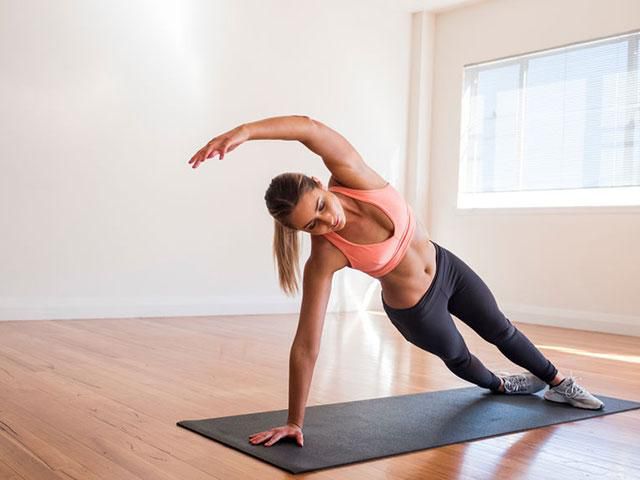
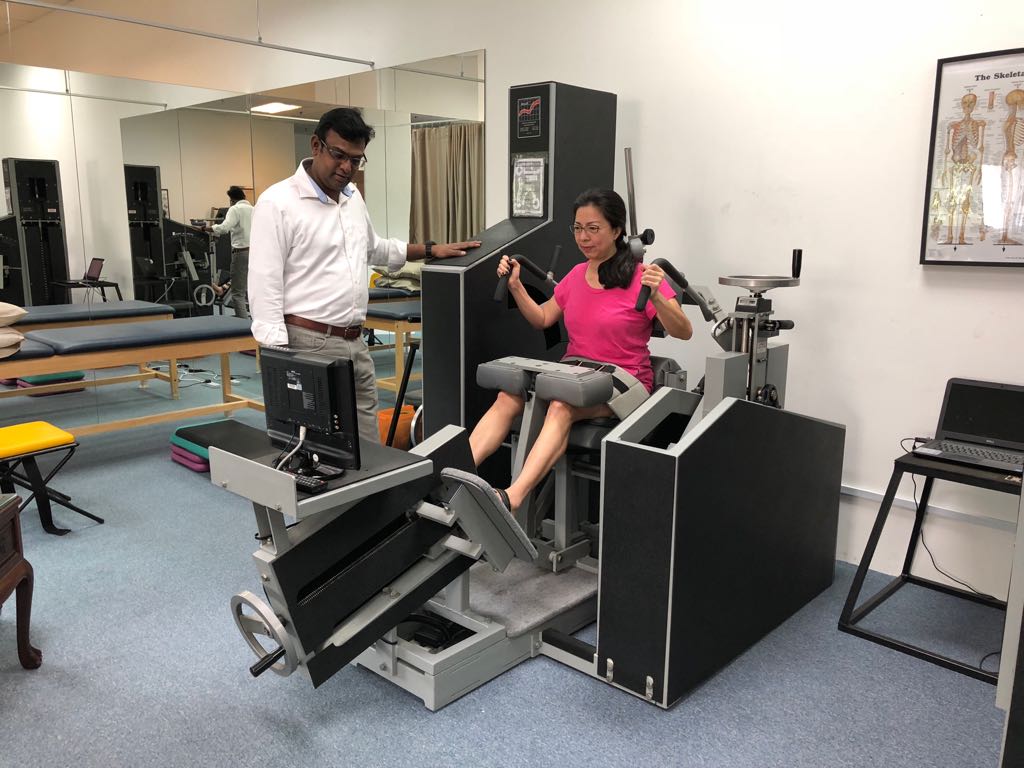
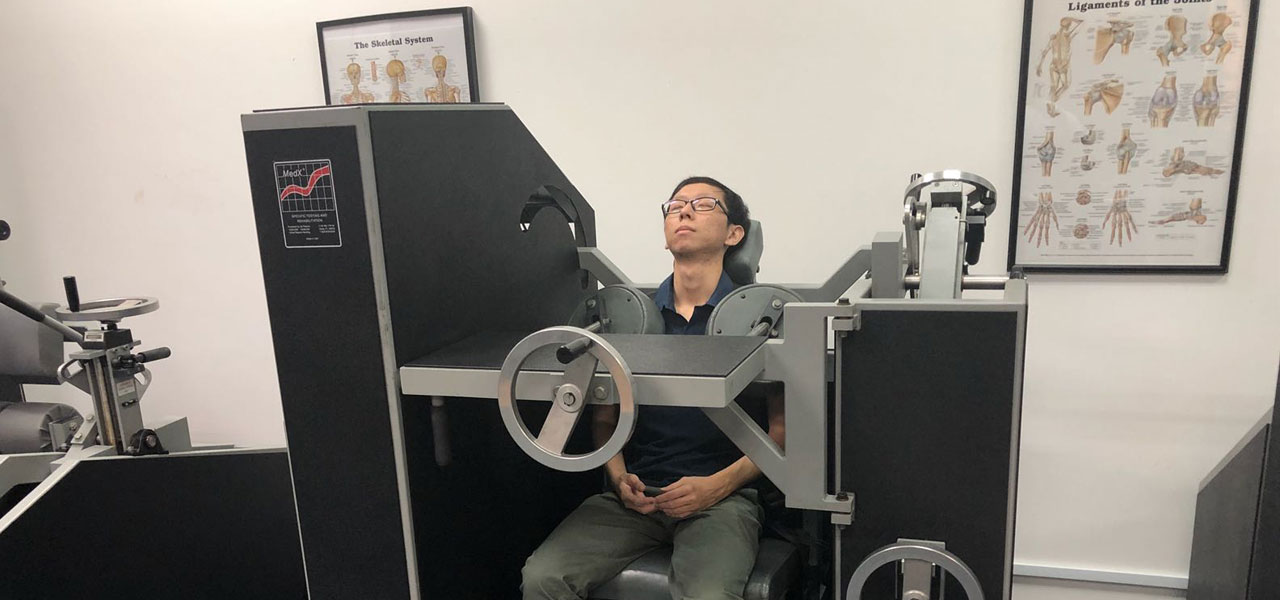
 What does research say about MedX?
What does research say about MedX?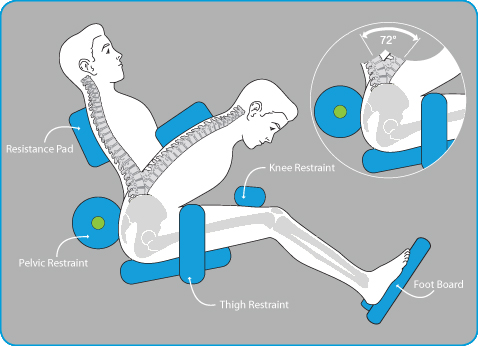
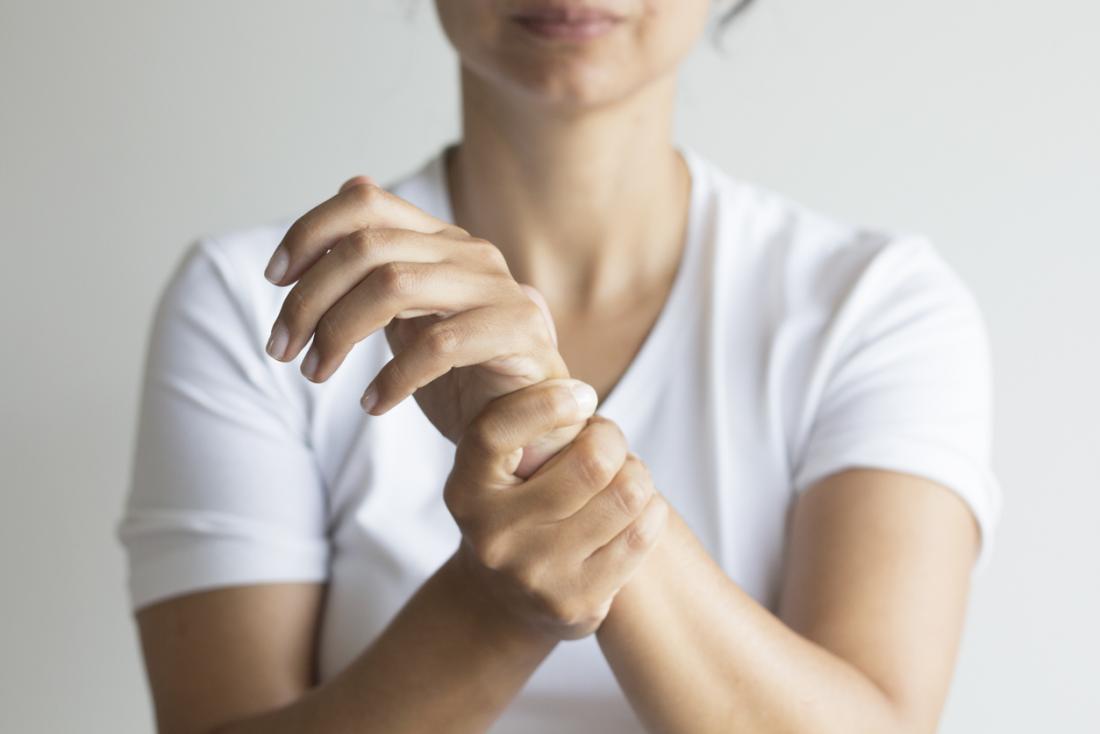

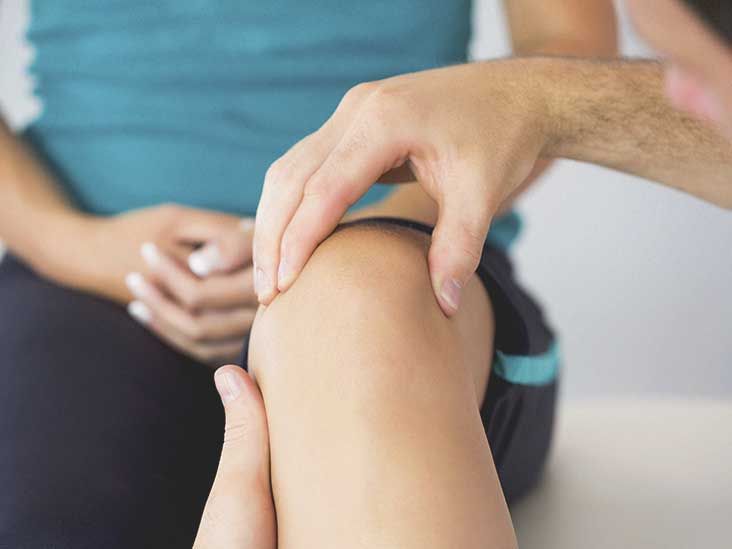
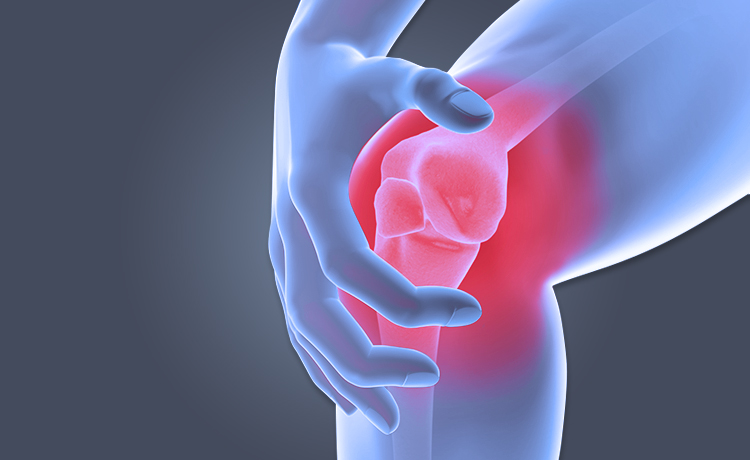

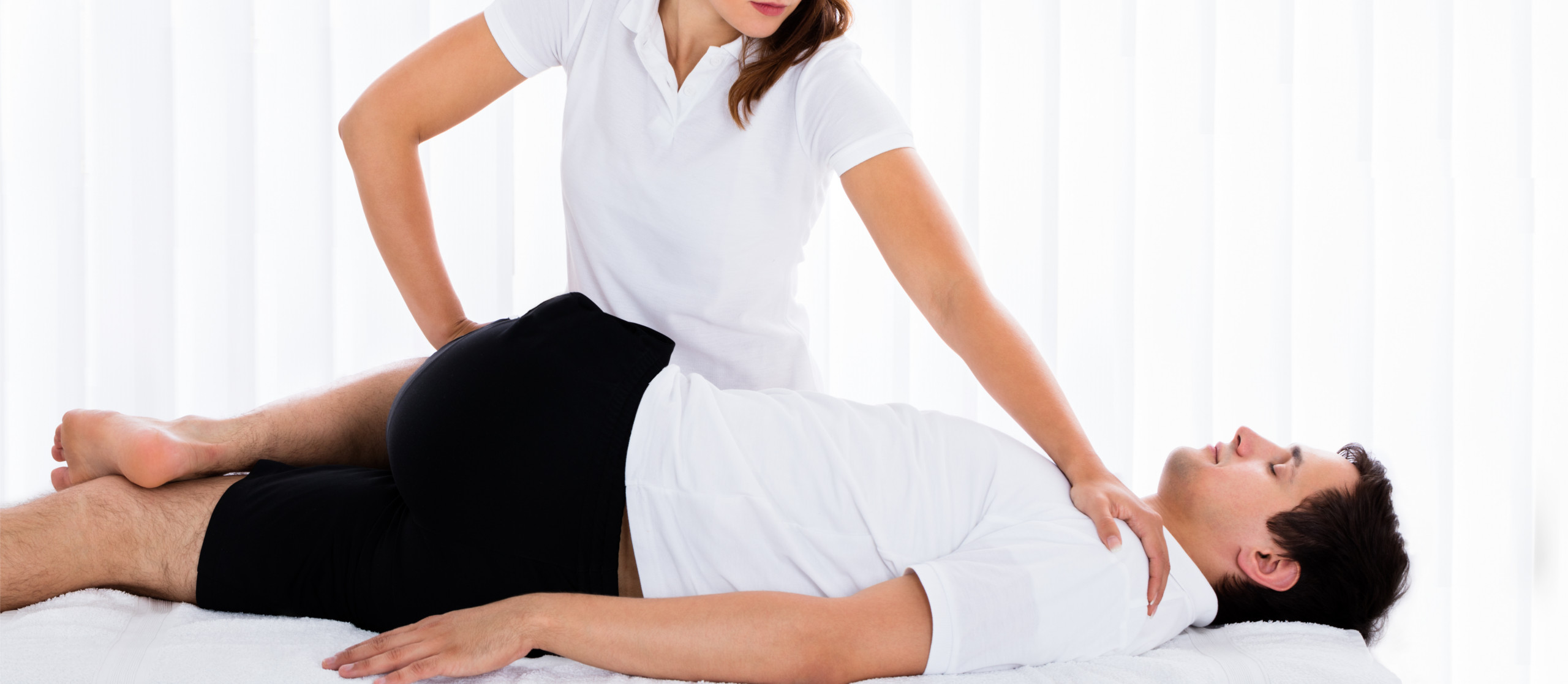

 It’s now established that people who perform prolonged and repetitive tasks at work are susceptible to develop work related musculoskeletal disorders. The common disorders are low back pain, neck pain, rotator cuff pain (shoulder impingement), tennis elbow, carpal tunnel syndrome, nerve root impingements, Dequarvain’s tendonitis, knee and knee cap pain etc.
It’s now established that people who perform prolonged and repetitive tasks at work are susceptible to develop work related musculoskeletal disorders. The common disorders are low back pain, neck pain, rotator cuff pain (shoulder impingement), tennis elbow, carpal tunnel syndrome, nerve root impingements, Dequarvain’s tendonitis, knee and knee cap pain etc. Physical reconditioning of the muscles supporting good posture is essential towards the success of any ergonomic intervention. The spinal muscles supporting the low back and neck have to be strengthened to enable to them to work well over long periods of time.
Physical reconditioning of the muscles supporting good posture is essential towards the success of any ergonomic intervention. The spinal muscles supporting the low back and neck have to be strengthened to enable to them to work well over long periods of time.